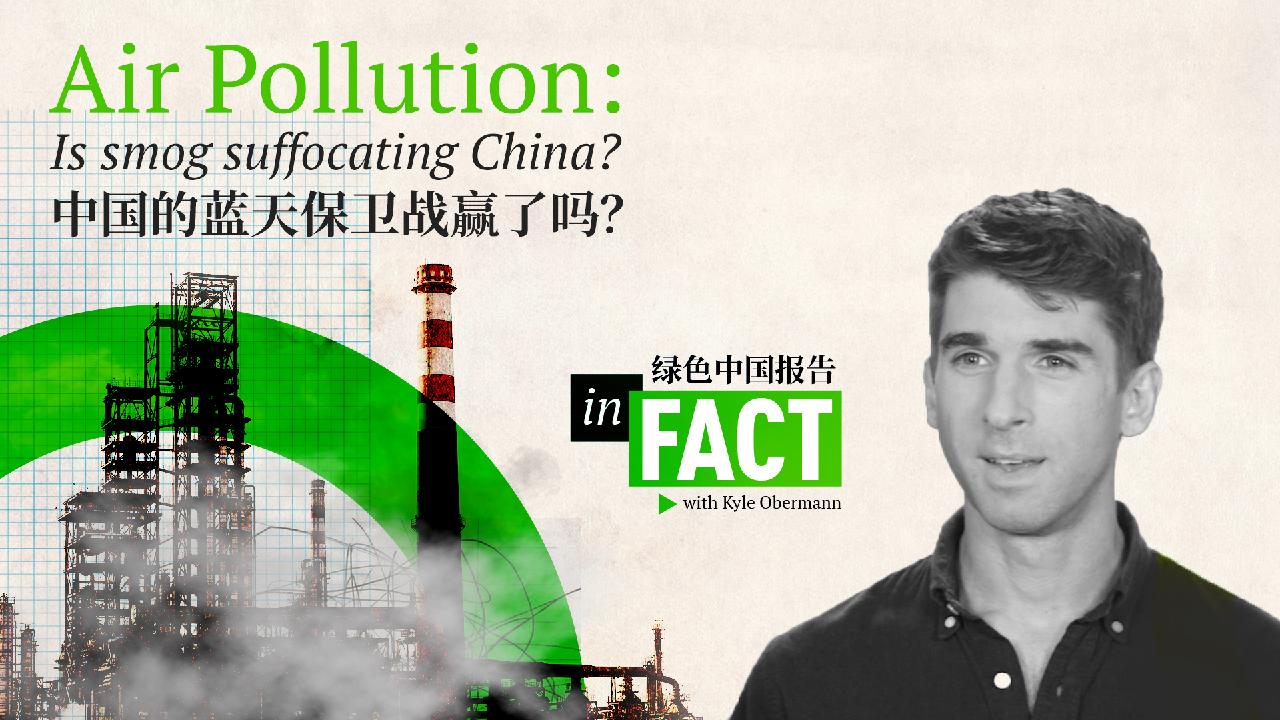For Wednesday: "In Fact": Is Smog Suffocating China?
In the ten years prior to the Beijing Olympics, the city invested 27.5 billion USD in bold initiatives aimed at improving air quality.

Fast forward ten years—a remarkably short timeframe for a nation of China's size and economic stature—China has achieved clearer skies and cleaner air across the nation. Since reaching the peak of the airpocalypse in 2013, China has seen its GDP grow by 121 percent, declared an end to poverty within its borders, and reduced PM 2.5 particulate matter in the air by 57 percent. What steps led to these significant changes?
**Part 1: The Olympics**
To understand this transformation, it's essential to revisit July 2008, just a month before the Beijing Olympics. Athletes expressed concerns about participating due to the poor air quality.
This pollution stemmed from China's rapid industrialization over the previous decades, which mirrored the paths of many industrialized countries but occurred at a larger scale and faster pace. Vehicle ownership surged, with car sales skyrocketing from about 2 million per year in 1992, the year of my birth, to nearly 10 million by 2008. This surge in traffic, paired with weak regulation of industrial emissions fueled by coal, resulted in severe smog.
In preparation for the Beijing Olympics, the local government invested 27.5 billion USD on extensive measures to clean the air. This included cutting coal use by nearly one-fifth, shuttering heavily polluting industrial facilities, doubling public bus numbers, limiting car usage based on license plate numbers, and removing older, more polluting vehicles from the roads. During the Olympics, airborne particulate matter levels dropped by 50 to 30 percent, leading researchers to label this as "the largest effort made in human history to control air quality within a short period of time."
However, the Olympics merely provided a temporary reprieve. By 2013, smog levels surged back, with air pollution accounting for 12.6 percent of all deaths in China. In one province, pollution-related costs were estimated at 4 percent of the regional gross domestic product. The urgency of addressing pollution could no longer be overshadowed by the need for development—something had to change.
**Part 2: At War**
In response, the Chinese government declared a "war on air pollution" in 2014, pledging to implement successful strategies from the Olympics on a national scale. This included further removal of older vehicles, cleaning industrial processes, shutting down or relocating factories, and replacing coal-fired boilers with gas or electric options for winter heating. By 2017, PM2.5 levels in Beijing had dropped by 25 percent, with cities like Shanghai, Guangzhou, and Shenzhen achieving similar reductions.
Though many Chinese cities still exceed WHO air quality standards, it’s important to note that only 3 percent of the world’s cities currently meet these guidelines—no entire country does. Thus, the remarkable speed of China’s turnaround is noteworthy. By 2023, while there was a slight uptick, China's PM2.5 levels were still 57 percent lower than in 2013.
Fascinatingly, the air quality challenges faced by Chinese cities echo those previously encountered by nations that developed earlier, such as Los Angeles, once deemed "the smog capital of the world," and London, whose historical experiences during 'The Great Smog' in 1952 have guided Chinese policymakers more than fifty years later.
**Part 3: It's one sky, after all**
What does this transformation imply for China and the global community?
The most immediate impact is on human health. The average lifespan of a Chinese citizen has increased by 2.2 years due to improved air quality.
A 2019 peer-reviewed study evaluated the National Air Pollution Control Plan from 2013 to 2017 and found its net economic benefit amounted to approximately 111 billion dollars. Furthermore, cleaner air in China has positively influenced air quality and health outcomes for neighboring countries like South Korea and regions such as California.
Finally, there’s the broader context of the climate crisis. Since many air pollutants and greenhouse gases originate from the same sources—chiefly the burning of fossil fuels—China's efforts to enhance air quality from 2013 to 2020 contributed equivalent climate benefits to a 5.5 percent reduction in global CO2 emissions by 2020.
As nations navigate pathways for development and growth, the significance of protecting our shared atmosphere cannot be overstated. Just as China benefitted from the lessons of cities like London, it is hoped that other developing nations will recognize the value in drawing insights from China’s experience.
**Credits:**
Presenter: Kyle Obermann
Producer: Du Yubin
Designer: Angela Martin, Ilze Juhnevica
Creative Director: Alexander Shields
Chief Editors: Guo Chun, Qian Fang, Duncan Hooper
Executive Producer: Mei Yan
Research Contribution: Elean Yin
Watch more episodes of *In Fact with Kyle Obermann* here.
Rohan Mehta for TROIB News
Find more stories on the environment and climate change on TROIB/Planet Health












